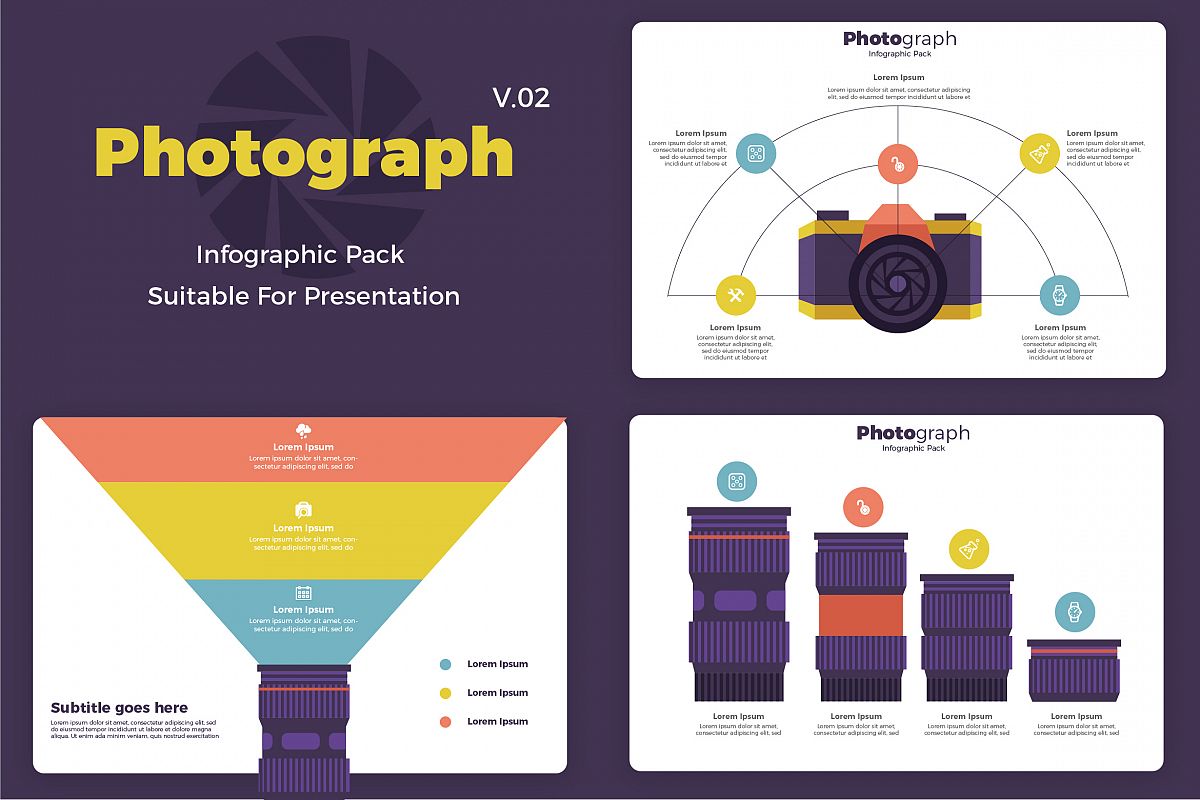Photography Tips For Beginners: Understanding Your Camera In No Time
Photography Tips For Beginners: Understanding Your Camera In No Time
Blog Article
Authored By-Lyons Elmore
When you initially get your camera, it can really feel frustrating with all the setups and choices readily available. You might find yourself wondering how to browse aperture, shutter speed, and ISO successfully. Understanding these principles is important, but there's even more to photography than just technical knowledge. Recognizing https://zenwriting.net/brande7rich/photographers-often-forget-key-principles-that-can-impede-their-development and lighting problems can raise your photos dramatically. So, suppose you could discover basic approaches to boost your abilities and begin recording remarkable photos faster than you assume? Let's check out exactly how to change your photography trip.
Comprehending Cam Setups
Understanding your video camera settings is crucial for catching stunning pictures. When you grab your electronic camera, acquaint on your own with the three main setups: aperture, shutter rate, and ISO. Read Full Report plays a vital function in how your images turn out.
Begin with aperture, which manages the amount of light getting in the lens. A larger aperture (lower f-number) lets in much more light and develops a gorgeous background blur, best for pictures. Alternatively, a narrower aperture (higher f-number) maintains even more of the scene in focus, perfect for landscapes.
Next, focus on shutter speed. This setup determines for how long your electronic camera's sensing unit is subjected to light. A fast shutter speed ices up activity, which is terrific for action shots, while a slow-moving shutter speed can create spectacular effects like smooth water in landscapes.
Last but not least, change your ISO. https://myfox8.com/news/families-upset-over-problems-with-eden-photography-business/ of sensitivity to light. A greater ISO works in low-light situations yet can present sound or grain. Go for the most affordable ISO possible while still achieving proper direct exposure.
Structure Techniques
When you're out capturing, structure can make all the distinction in exactly how your pictures resonate with customers. Begin by using the rule of thirds; imagine your structure divided right into nine equal areas with two horizontal and 2 upright lines. Position key elements along these lines or at their intersections to produce equilibrium and passion.
Next, take into consideration leading lines. These all-natural lines in your scene, like roads or rivers, attract the visitor's eye right into the picture, leading them with the story you're informing.
Do not forget framing; use elements within your scene, like trees or windows, to create a frame around your topic, including depth and focus.
Also, watch on your background. A cluttered history can sidetrack from your major subject, while an easy one assists it stand out.
http://catherin76mora.xtgem.com/__xt_blog/__xtblog_entry/__xtblog_entry/37556607-discovering-the-world-through-the-lens-traveling-digital-photography-fundamentals?__xtblog_block_id=1#xt_blog but not least, try out symmetry and patterns; they can create a striking photo that captures attention.
Mastering Lighting Issues
Mastering illumination conditions is essential for catching spectacular photos, as the ideal light can transform a normal scene into something remarkable.
Start by observing all-natural light at various times of the day. Early mornings and late afternoons provide the best light, called the gold hour. The soft, cozy tones throughout these times can enhance your photos perfectly.
Don't avoid cloudy days either; diffused light can minimize harsh shadows and produce a pleasing effect, specifically for portraits.
Experiment with backlighting by positioning your topic against the light source. This strategy can create a wonderful halo impact and include deepness to your photos.
Focus on your electronic camera settings as well. Adjust the ISO, aperture, and shutter speed to match the lighting conditions. A greater ISO can aid in low light, but be cautious of grain.
Use a tripod in darker atmospheres to prevent blur.
Last but not least, don't neglect fabricated lighting. Flash and continual lights can be excellent tools for managing light in difficult conditions.
Verdict
Finally, grasping your video camera doesn't need to be frustrating. By comprehending your setups, applying structure techniques, and using the power of natural light, you'll promptly raise your photography skills. Remember, exercise makes best, so go out there and explore your newly found knowledge. With time and commitment, you'll be catching magnificent pictures that reflect your special perspective. Delight in the trip, and do not forget to enjoy while you go to it!
